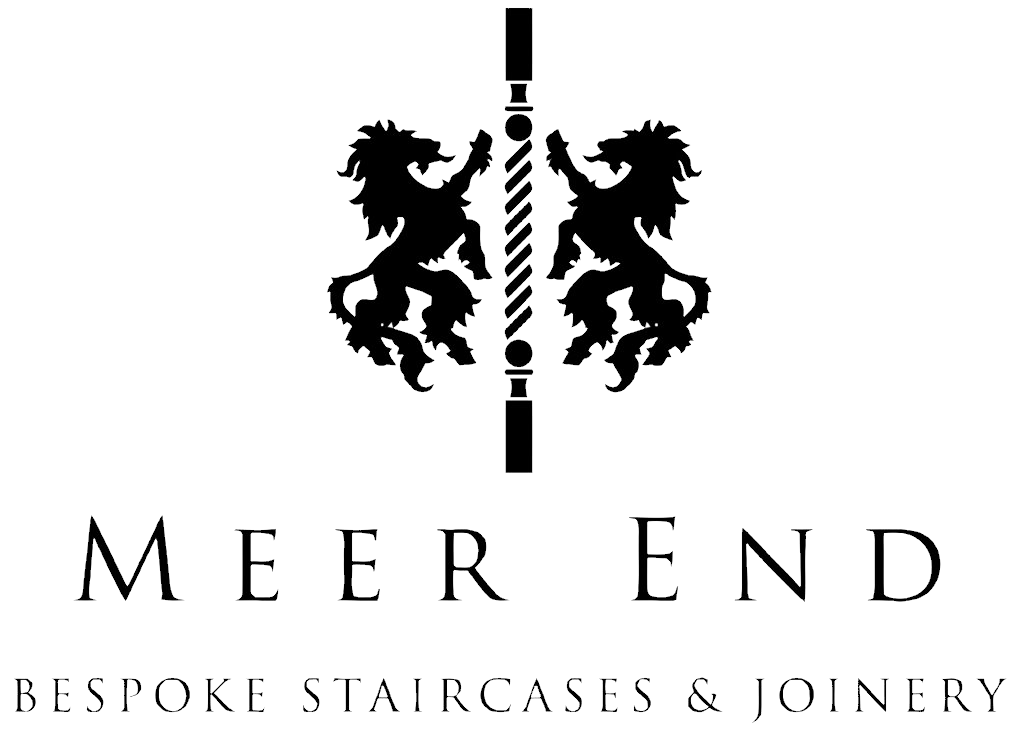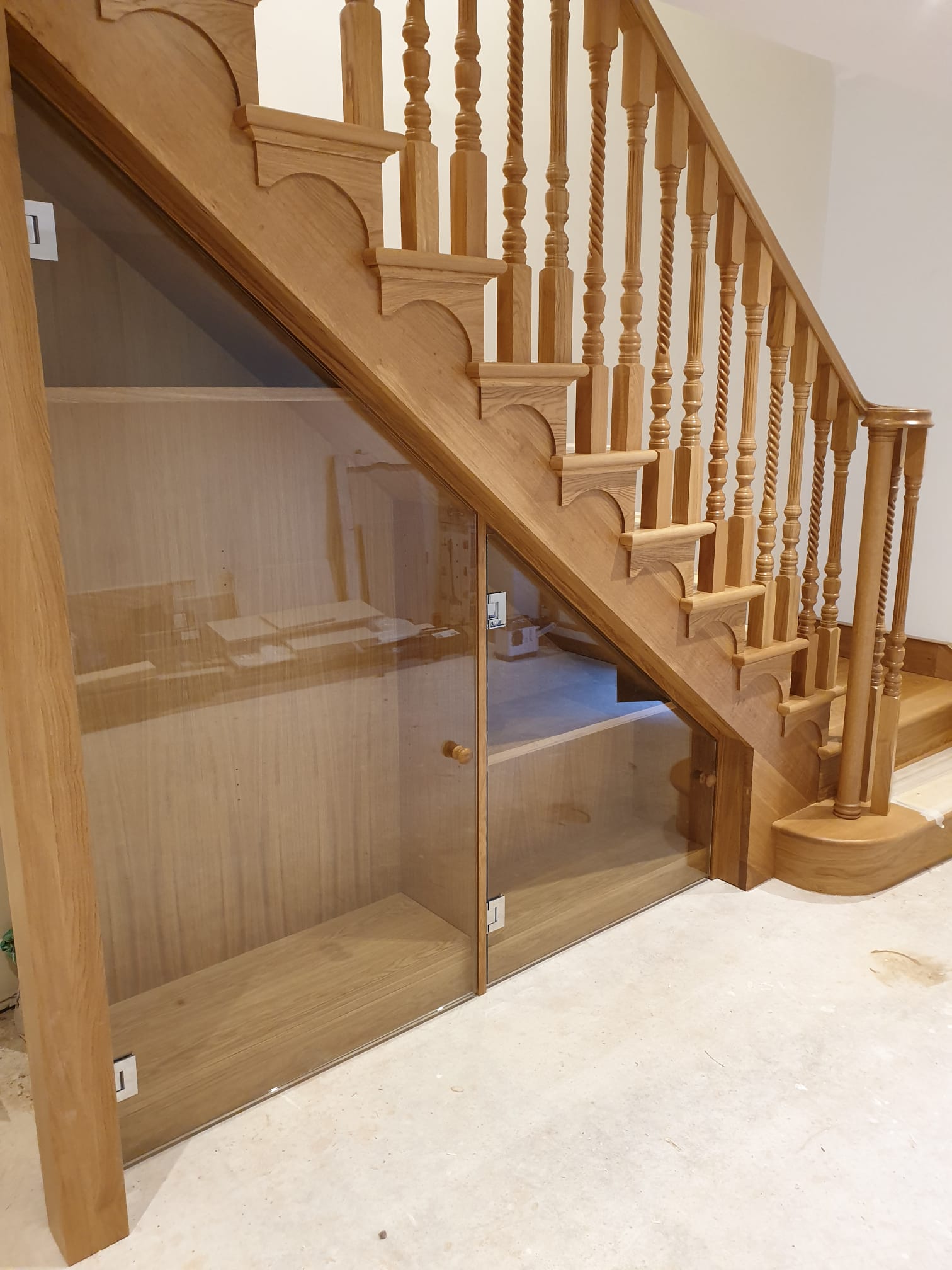Listed buildings carry history in every beam and floorboard. They require a thoughtful balance between preservation and practicality — especially when it comes to the staircase. For centuries, traditional staircases have served as both structure and sculpture in British homes. When a listed property needs repair, restoration, or replacement, every detail must respect the character of the building while meeting modern safety standards.
Understanding Listing and Its Implications
A “listed” status identifies a building as being of special architectural or historic interest. That protection extends to both the structure and its significant features — including the staircase. Before altering or replacing a staircase, owners must apply for Listed Building Consent, which is different from standard planning permission.
In practice, this means that even seemingly small changes — swapping spindles, widening treads, or altering materials — may need approval from your local conservation officer. The goal is always to retain original fabric wherever possible and use sympathetic methods when intervention is necessary.
Assessing the Existing Staircase
The first step in any project is evaluation. A traditional staircase may appear sound but could have hidden wear — loosened joints, split treads, or worn handrails. Conversely, old timber often retains remarkable strength, and with skilled repair, can last for many more decades.
A detailed survey helps identify which parts can be preserved and which must be rebuilt. At Meer End, we often dismantle sections carefully, repairing or replicating components in the workshop before reinstalling them in situ. This approach honours the spirit of the original design while ensuring the staircase remains safe and usable.
For examples of restored period work, explore the Traditional Staircases Gallery, where craftsmanship and authenticity go hand in hand.
Matching Original Materials
The choice of wood is critical. Using the same or compatible species maintains consistency in colour, grain, and weight. Oak is the most common in historic buildings, but elm, pine, or mahogany may also appear in older staircases.
When new timber is required, it should be seasoned and selected to blend visually with existing material. Skilled joiners can age or stain new components subtly, so replacements harmonise rather than stand out.
This process also extends to balustrades, mouldings, and handrails — every curve and chamfer must echo the proportions of the original staircase traditional design.
Balancing Heritage with Safety
Modern safety standards specify minimum tread depth, maximum rise, and safe spacing between balusters. Listed staircases, however, were built to different dimensions — steeper pitches, narrower treads, and lower handrails are common.
While regulations allow some flexibility for heritage structures, a balance must be struck. Adjustments are made where possible, but the key is discretion. Rather than reconfiguring geometry entirely, conservation joiners often reinforce from within — strengthening joints or subtly reshaping worn treads without changing appearance.
This is where craftsmanship matters. A joiner experienced in traditional staircases UK understands how to work invisibly, ensuring both safety and heritage integrity.
When Replacement Becomes Necessary
Occasionally, decay or previous alterations make replacement unavoidable. In those cases, replication — not reinvention — is the guiding principle. Every element, from baluster spacing to handrail curvature, is redrawn from existing fragments or historic photographs.
The resulting staircase is new, yet indistinguishable from what might have been built a century ago. It restores not just function but continuity — allowing the building’s story to continue without interruption.
Meer End’s bespoke traditional staircases are designed this way: precise in proportion, faithful in detail, and built with the same respect as the originals that inspired them.
Working with Conservation Officers
Engaging early with conservation officers saves time and ensures alignment with heritage requirements. They will expect clear documentation — drawings, photographs, and sometimes samples of proposed materials. Collaboration is key: the goal isn’t simply to get permission but to safeguard the building’s identity.
Professional joiners familiar with listed work often liaise directly with officers, demonstrating joinery methods and finish samples. This level of transparency builds trust and can smooth approval for complex restorations.
For official guidance, see Historic England’s advice on staircases and joinery, which outlines principles for repair and replacement.
Preserving Character for Generations
Traditional staircases are more than functional architecture; they are artefacts of social history. Every notch, polish mark, and joint tells a story of use. Proper restoration isn’t just about aesthetics — it’s about keeping those stories alive.
Wood, handrails, and proportions may evolve slightly, but the essence should remain constant: craftsmanship, proportion, and respect for heritage. A well-restored staircase bridges centuries, reminding us that good design doesn’t age — it endures.
FAQs
Do I need permission to replace a staircase in a listed building?
Yes. Any change that affects the character of a listed building, including staircases, requires Listed Building Consent before work begins.
Can damaged parts of a listed staircase be repaired rather than replaced?
In most cases, yes. Skilled joiners can repair joints, treads, and spindles individually, preserving as much original material as possible.
What wood should be used in traditional staircase restoration?
The same species as the original — often oak or elm — should be used to ensure consistency in appearance and structural integrity.
How are safety regulations handled in listed buildings?
Conservation officers allow reasonable adjustments while respecting original proportions. Safety can often be achieved through reinforcement rather than redesign.
Can a new staircase be installed in a listed property?
Yes, but it must replicate the original in material, form, and detail. The design must feel integral to the building’s age and architecture.
How can I find craftsmen experienced in heritage staircases?
Seek workshops specialising in bespoke joinery and restoration. Firms like Meer End combine modern precision with traditional techniques suited to listed buildings.
Why are traditional staircases important in historic properties?
They capture the craftsmanship and material quality of their era, serving as both structural and decorative focal points that define the home’s character.
In Closing
Working within the fabric of a listed building requires patience, understanding, and respect for tradition. When handled correctly, a restored staircase feels as though it has always been there — timeless, solid, and quietly elegant.
For expert advice and craftsmanship rooted in heritage, explore Meer End’s bespoke traditional staircases or browse the Traditional Staircases Gallery to see examples of historic projects brought faithfully back to life.



